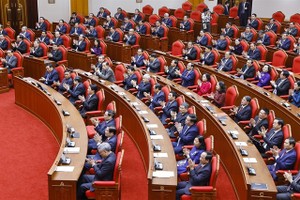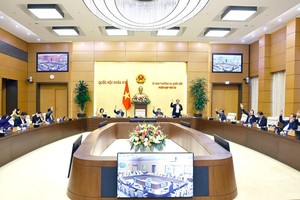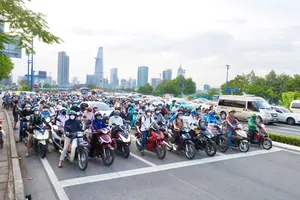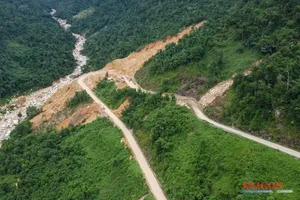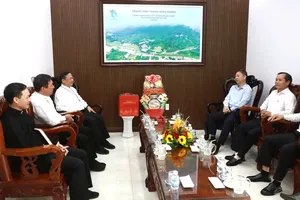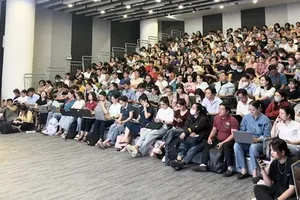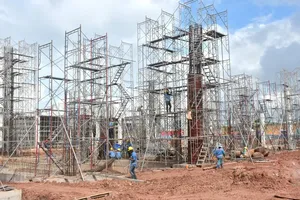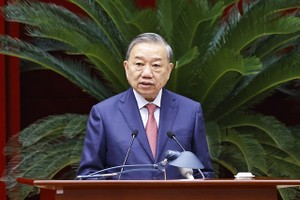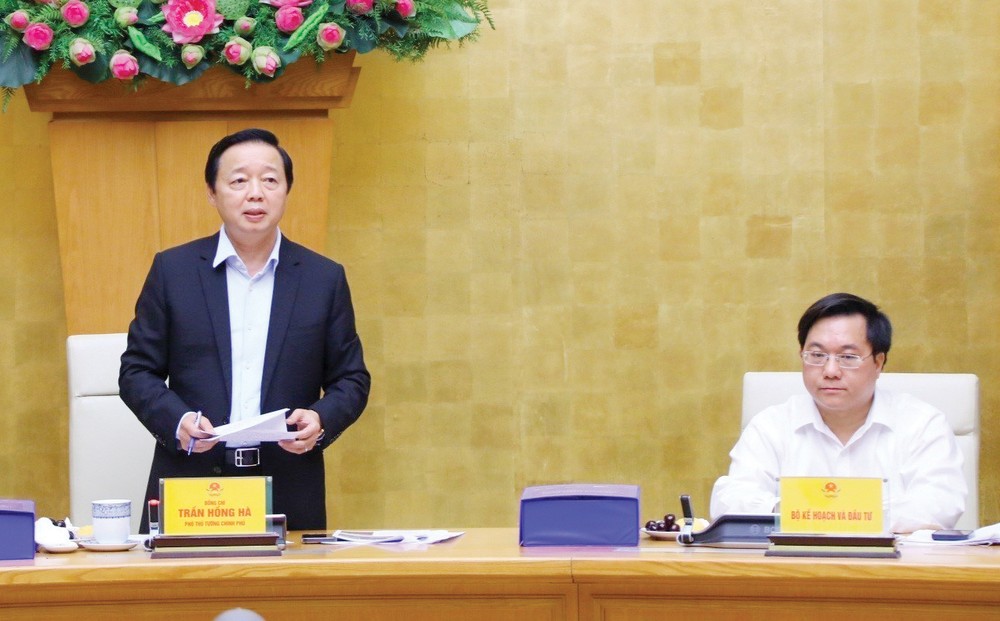
By 2030, the southeastern region’s yearly economic growth is set to reach 8-9 percent while the average income per capita will be US$14,500-15,800 each year, according to the regional planning for the 2021-30 period.
The Southeastern Regional Planning Appraisal Council on Friday approved the planning at its meeting in Hanoi under the chair of Deputy Prime Minister Tran Hong Ha.
Ha said the planning must take advantage of strengths and unique products of the region while focusing on urban and rural space planning.
He said the southeastern region’s economic, trade, culture, tourism development must link with other regions and localities while the urban area is connected by a synchronous and modern transportation and technical infrastructure system.
"The master plan needs to identify key tasks to innovate the region’s economic structure and bring into full play its strengths," he said.
The region’s industrial sector of must be at the forefront of innovation, green economy, green energy and core technology. Agriculture must focus on high technology, creating green space connected with tourism, the leader said.
The southeastern region must play a pioneering role in education, training, scientific research and technology. Its cultural heritages, nature reserves, biodiversity areas must be regulated in detail in the planning for sustainable exploitation, he said.
He noted the southeastern region would be the first place to pilot new breakthrough policies of the country.
According to the reports delivered at the meeting, the southeastern region is the country’s economic engine, making huge contributions to the national economic growth, exports, state budget revenue and job creation.
The region’s industrial parks and clusters are the most developed in Vietnam, accounting for 30.6 percent of the country’s total and built attached with economic corridors.
The region has the highest urbanization rate (67.3 percent) and is home to financial service, banking, commerce, logistics, training, health, science and technology centers.
However, the southeastern region's development has not been in par with its potential and advantages with economic growth likely to slow down.
According to the newly approved master plan, the region will prioritize high-tech industries and high-quality services, in which digital economy, green economy, sharing economy, and circular economy are the focus and driving force of development.
Members of the Southeastern Regional Planning Appraisal Council agreed that it would be necessary to expand the region’s development space to reduce pressure in the central area by prioritizing investment in traffic, logistics, energy, water supply and drainage and digital infrastructure. The region should focus on developing high-tech industry, becoming the center of financial services, logistics, trade, education and training, science and technology of the country.

